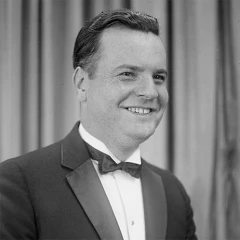Introduction to "The Sheik of Araby"
Immerse yourself in the captivating world of the Jazz Age with "The Sheik of Araby", a quintessential 1920s song orchestrated by the talented Ray Miller. This piece stands as a testament to the era's vibrant musical landscape, featuring an enchanting blend of lively rhythms and lyrical melodies that continue to captivate listeners worldwide.
Cultural and Historical Context
Composed in the wake of the silent film, "The Sheik", this song emerged as an iconic tribute to the film's exotic and romantic themes. The cultural impact of "The Sheik of Araby" was profound, providing an audible backdrop to the Roaring Twenties. It encapsulated the essence of the era, an age marked by newfound freedoms, incessant partying, and a love for all things exotic and luxurious.
An Interesting Fact
One fascinating fact about this track is that it was part of the repertoire of the Beatles during their Hamburg days. The song's infectious rhythm and catchy melody proved to be a hit with audiences, demonstrating its timeless appeal and versatility across different musical styles and generations.
Cover Versions of "The Sheik of Araby"
Over the years, countless cover versions of "The Sheik of Araby" have been created, showcasing the song's enduring popularity and influence. From jazz legends like Louis Armstrong to rock 'n' roll pioneers like Fats Domino, this piece has been reimagined and reinvented by many of the world's most acclaimed musicians, each bringing their unique interpretation to the table.
Why "The Sheik of Araby" Remains Relevant
Today, "The Sheik of Araby" still holds a significant place in the annals of music history. Its timeless charm, combined with its cultural significance, ensures its relevance in the contemporary music scene. The song serves as a vibrant reminder of the 1920s, a period of seismic cultural shifts and groundbreaking artistic innovation. Its enduring appeal is a testament to Ray Miller's genius and the enduring allure of the Jazz Age.

Comments (0)